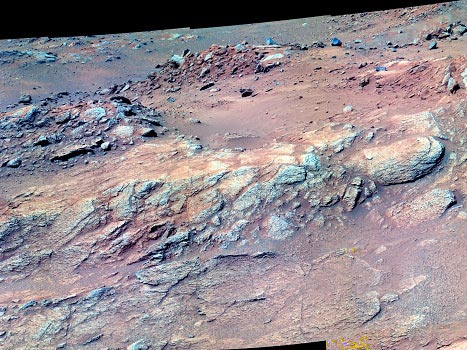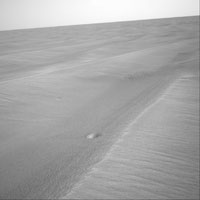

Space Shuttle program
Space Shuttle program Space Shuttle Columbia, 1981 (NASA) NASA's Space Shuttle program is an ongoing endeavor, started in the late 1960s, that has created the world's first partially reusable space launch system, and the first spacecraft capable of carrying large satellites both to and from low Earth orbit. Each shuttle is designed for a projected lifespan of 100 launches. The original purpose of the program was to ferry supplies to a space station. In reality, the Shuttle is the United States' sole manned launch vehicle and has totally dominated NASA's operations since the mid 1970s. With the construction of the International Space Station the Shuttle has finally begun to be used for its original purpose. In January 2004, it was announced that the Shuttle fleet would
ALT
Tim Finn and Liam O'Maonlai. ALT is also an abbreviation for Assistant Language Teacher, the job title of people on the JET Programme. ALT was also an acronym by the NASA for the Approach and Landing Tests of the Space Shuttle in 1976. ALT can mean alternative lengthening of telomeres, a mechanism (other than telomerase) that cells use to maintain telomere length.
Space Shuttle Columbia disaster
Space Shuttle Columbia disaster Crew of STS-107 on launch day () STS-107 was a space shuttle mission by NASA using the Space Shuttle Columbia. The entire seven member crew was killed on February 1, 2003, when the shuttle disintegrated over Texas during reentry into the Earth's atmosphere.This was the second total loss of a Space Shuttle, the first being Challenger. Table of contents showTocToggle("show","hide") 1 Timeline 2 Effect on US space program 3 Investigation 3.1 The Columbia Accident Investigation Board 4 Shuttle Crew of Flight STS-107 5 External Links Timeline At about 05:54 PST (08:54 EST), a California news photographer observed pieces breaking away from Columbia as it passed overhead, as well as a red flare coming from the shuttle itself. At about 09:00 EST (14:00
Methuselah in False Color 5/24/05

Image Below form NASA: Tiny Craters on Meridiani Planum These two craters, each smaller than a foot in diameter and less than one-half inch deep, were found intact by NASA's Mars rover Opportunity. Image credit: NASA/JPL

Houston, Texas
covers about 600 square miles in area, and is also the largest city in the United States which does not have zoning laws. Houston is world renowned for its energy industry (particularly oil),aeronautics industry and ship channel. The Port of Houston is the second busiest port in the United States, fifth busiest in the world. Because of the economic trades, many residents have moved in from other U.S. states, as well as hundreds of countries worldwide. Officially, Houston has been nicknamed the Space City. "Houston" was the first word uttered on the moon, as Neil Armstrong reported back to NASA. It is known by the locals, however, as the Bayou City. (Other nicknames include "Clutch City", and "Magnolia City".) The city had placed an unsuccessful bid for the 2012 Summer Olympics.
With the major Apollo development effort winding down in the second half of the 1960s, NASA started looking to the future of the space program. They envisioned an ambitious program consisting of a large space station being launched on huge boosters, served by a reusable logistics "space shuttle", both providing services for a permanantly manned Lunar colony and eventual manned missions to Mars.